Cloud environments bring enterprises unparalleled flexibility and power, but they also introduce increased complexity and new security requirements.
Identity context has become essential to both prevention and detection. Your identities serve as gatekeepers to your cloud environment—failing to secure them would be like leaving its drawbridge unguarded, inviting attackers inside.
Hybrid Environments
Hybrid work environments present security teams with unique challenges due to the wide array of tools, technologies and devices employees utilize. Therefore, in order to safeguard a hybrid network successfully it requires adopting a zero trust methodology which verifies users across diverse environments as well as any devices used within those environments.
At the core of all these measures lies a robust identity and access management (IAM) solution capable of supporting multi-cloud. To simplify cloud management and protection efforts as they develop over time, having one IAM platform for all cloud and on-premises apps managed by one team reduces management complexity significantly.
Implementing a zero trust architecture begins by cataloguing all non-human identities – known as machine identities or digital workers – who have permissions to access cloud applications and infrastructure, such as service accounts, robotic process automation bots, scripts or any other digital workers that access cloud services or infrastructure. It’s essential to take an inclusive approach since these non-human identities can cause more damage than human ones; an attack using social engineering on an automated bot could easily gain entry to sensitive data quickly while remaining within your system for extended periods of time if compromised phishing attacks become successful against humans versus machine workers.

Secure IAM solutions allow for the assigning of permissions based on individual identities’ roles in an organization, for instance: an IT administrator will have different privileges than, say, software developers or finance managers. Finally, these solutions help keep these permissions up-to-date as people change roles or leave.
Cloud Identity and Access Management solutions may offer multiple-factor authentication (MFA), which enables employees to securely log-in to on-premises systems using the same credentials used for cloud apps and services. They may also include device management that automatically configures devices – such as Wi-Fi settings – with appropriate security policies; in addition to centralizing administration.
Hybrid work environments present security teams with unique challenges due to the wide array of tools, technologies, and devices employees utilize. To effectively safeguard a hybrid network, organizations must adopt a Zero Trust methodology, which:
✔ Verifies users across diverse environments.
✔ Secures devices used within those environments.
At the core of this security approach lies a robust Identity and Access Management (IAM) solution capable of supporting multi-cloud environments. A single IAM platform for all cloud and on-premises apps, managed by one team, significantly reduces management complexity.
Key Steps to Implementing Zero Trust for Hybrid Environments:
Catalog all non-human identities (machine identities/digital workers)
- Includes service accounts, RPA bots, scripts, and automated cloud services.
- These identities can cause more damage than human users if compromised.
Assign permissions based on role
- Example: An IT administrator should have different privileges than a software developer or finance manager.
Enable Multi-Factor Authentication (MFA) and Device Management
- Secure logins across on-premises and cloud apps.
- Auto-configure Wi-Fi settings and security policies.
Modernize On-Premises Apps at Your Own Pace
- Zero Trust allows gradual migration while maintaining regulatory compliance.
Recap:
Hybrid environments require a strong IAM solution, machine identity cataloging, and Zero Trust security to reduce attack surfaces and maintain compliance.
Remote Work
Allowing employees to work remotely is a valuable business advantage, yet it comes with unique security challenges that must be managed carefully. Remote employees typically access sensitive company data through unmanaged personal devices that have access to this data – potentially leaving these vulnerable to malware attacks or attackers taking advantage of misconfiguration of access controls.
Companies must adopt a zero trust approach when managing remote work risk. Modern identity and device access management (IDAM) tools offer solutions that offer increased protection while simultaneously reducing administrative overhead and complexity.

Cloud solutions provide the infrastructure for secure remote work, offering several key benefits including reduced hardware expenses, software patches and updates being handled easily without extra space requirements, and reduced VPN setup expenses. Cloud solutions also offer user-friendly access tailored specifically for each device and employee with multi-factor authentication (MFA) via hardwired security keys, push notifications from mobile devices, voice calls or SMS services and more – as well as providing flexible multi-factor authentication (MFA) options like hard-wired security keys for hardening security keys to multi-factor authentication (MFA), multi-factor authentication (MFA), voice calls or SMS services and more allowing secure remote working arrangements between multiple sites and employees.
Cloud services also provide the ability to access multiple applications, networks, and devices quickly without creating individual accounts for each resource. This is an immense improvement over legacy systems which often necessitate setting up access control lists for every new application or device requiring access.
Cloud solutions can also make budgeting for IT easier by offering an easy subscription model, making it simpler for IT to justify purchasing or leasing less costly hardware and software, freeing up funds for other priorities.
Zero Trust has become the go-to security architecture for remote work due to these improvements, boasting five primary components that include secure centralized access to applications and cloud environments; user and entity authentication to grant granular permissions; unified security infrastructure protecting cloud environments from threats; monitoring logs forensics which detect potential security issues – not only does this approach provide resilience against attacks but it can help organizations comply with regulations like GDPR or HIPAA as well as industry frameworks for managing security risks.
Allowing employees to work remotely offers flexibility and productivity gains, but it also introduces new security risks.
Key Risks of Remote Work:
- Employees accessing sensitive data from unmanaged personal devices.
- Malware infections due to misconfigured access controls.
- Unauthorized access from compromised credentials.
How to Secure Remote Work with Zero Trust
- Adopt Modern Identity and Device Access Management (IDAM) – Increases protection while reducing administrative overhead.
- Leverage Cloud Solutions for Secure Work – Reduces hardware expenses, streamlines software updates, and eliminates VPN complexity.
- Utilize Flexible Multi-Factor Authentication (MFA) Methods – Options include security keys, push notifications, voice calls, and SMS authentication.
- Improve Access Management – Employees gain quick, secure access to multiple applications and devices without managing separate accounts.
- Enable Subscription-Based IT Models – Budget-friendly IT spending by shifting to cloud-based licensing rather than upfront infrastructure purchases.
Recap:
Zero Trust enables secure remote work by using advanced identity verification, cloud-based security models, and flexible authentication methods to reduce risks and administrative burden.
Contractor Access
As more organizations rely on cloud services for applications and data delivery, the need for comprehensive identity security increases significantly. While cloud adoption offers cost savings, efficiency, scalability, and reduced risks from cyberattacks – it could expose your organization to severe risks should anything go awry.
Zero trust methods of cloud access can protect against many common threats to identity and access management (IAM), by creating secure tunnels between agency-owned infrastructure and vendor-controlled services hosting these services. Zero trust acts as an excellent defense against even the most persistent security issues related to IAM or cloud security; deployment can occur alongside existing network infrastructures.
Identity authentication, which verifies users are who they claim they are, and authorization, which regulates what authenticated users can do once granted access. Role- and attribute-based access control are often employed to enforce more granular permissions that reduce the risk of any unauthorized activity by authenticated users.
Cloud-native apps and automation tools have resulted in the explosion of machine identities, now outnumbering human ones by 45:1. As these machine identities do not fall under human policies and processes, their attack surfaces are much higher; agile development teams typically set broad permissions so new software can reach market faster; this misconfiguration can then be exploited by hackers to launch attacks of different sorts.
An effective cloud identity security initiative relies heavily on having an effective plan that includes goals, an approach and quantifiable metrics. Furthermore, this strategy should incorporate an ongoing monitoring and assessment process designed to detect issues.

As businesses rely more on third-party vendors and contractors, securing identity and access management (IAM) becomes critical.
Why Contractor Access Poses a Risk
- Third-party access increases the attack surface.
- Vendors may have broad permissions, leading to over-permissioning risks.
- Machine identities outnumber human ones by 45:1, increasing potential vulnerabilities.
How Zero Trust Secures Contractor Access
Implement Role- & Attribute-Based Access Control (RBAC & ABAC)
- Restricts vendors based on specific permissions and roles.
Monitor and Authenticate All Identities
- Identity authentication ensures users are who they claim to be.
- Authorization regulates what authenticated users can do.
Reduce Over-Permissioning Risks
- Limit access to only necessary applications and data.
Regularly Audit Machine Identities
- Agile development teams often assign broad permissions for fast deployment, which increases risk.
Recap:
Contractors introduce additional security risks, but Zero Trust IAM models ensure strict authentication, authorization, and continuous monitoring.
Business-to-Business Collaboration
With today’s rapidly-paced business environment, teams often collaborate across geographical regions or multiple cloud environments. This often results in an increasing number of identities and permissions being created as teams work together – this makes securing the cloud especially challenging as attackers may use these identities to move laterally through systems and gain access to sensitive data or systems containing sensitive information. Today’s most frequent attacks utilize compromised credentials; therefore protecting identities in the cloud is paramount in protecting against these threats.
Cloud IAM solutions provide organizations with a scalable and unified set of tools for automating access control. Their security surpasses traditional solutions by including features such as continual authentication and context-aware access. In addition, cloud IAM solutions enable companies to streamline user onboarding, deprovisioning, monitoring, role-based access controls (RBAC) as well as password management.
A typical cloud environment boasts thousands of system users that attackers can exploit as attack vectors, including both human and machine identities. Most are unsynchronized or over-permissioned accounts created without adequate oversight, creating an endless source of risk. One study found that an individual could create up to 20 unsynchronized cloud accounts with various levels of privilege in just a single day!
Over-permissioning leaves an organization vulnerable to security risks, including privilege escalation vulnerabilities that lead to breaches and can cause considerable business disruption. Attackers can exploit over-permissioned accounts to gain entry to all parts of the system causing severe business disruption.
Zero trust methodologies offer an effective solution to this problem, which will prevent attackers from gaining entry to your critical infrastructure. Zero trust can be implemented using an identity service integrated with your enterprise security ecosystem that has the ability to identify and verify users before applying an authorization policy based on roles and policies established by your security team – thus limiting system access and decreasing attacks.

In today’s digital economy, teams collaborate across multiple cloud environments, increasing identity security risks. Attackers often exploit compromised credentials to move laterally through systems and gain access to sensitive data.
Key Risks of B2B Collaboration
✔ Increasing number of identities and permissions makes it harder to track security gaps.
✔ Lack of synchronization between identity systems leads to security blind spots.
✔ Over-permissioned accounts expose organizations to unnecessary risks.
How Cloud IAM Solutions Secure Collaboration
Continuous Authentication & Context-Aware Access
- Ensures users only access what they need, when they need it.
Automated User Onboarding & Deprovisioning
- Streamlines employee and vendor access management.
Role-Based Access Controls (RBAC) & Password Management
- Enforces strong authentication policies for external collaboration.
Example: The Impact of Over-Permissioning
A study found that one employee could create 20 unsynchronized cloud accounts in just one day. These accounts increase attack vectors and introduce privilege escalation risks.
| Risk | Impact |
|---|---|
| Over-Permissioning | Attackers can escalate privileges and gain unauthorized access. |
| Unsynchronized Identities | Harder to track user access, increasing security blind spots. |
| Lack of Role-Based Controls | Increases risk of lateral movement attacks. |
Recap:
Zero Trust IAM solutions ensure secure collaboration by enforcing continuous authentication, automated access control, and role-based permissions.
Final Thoughts: The Future of Cloud Identity Security
Cloud environments continue to evolve rapidly, introducing both opportunities and security challenges. Whether securing hybrid environments, remote workforces, contractors, or B2B collaborations, organizations must adopt:
✔ Zero Trust Architectures for strict identity verification.
✔ Cloud IAM Solutions to manage identities efficiently.
✔ Continuous Monitoring & Authentication to prevent security gaps.
By implementing robust identity security strategies, businesses can protect sensitive data, prevent unauthorized access, and enhance operational efficiency.
Want to strengthen your cloud security posture? Reach out to learn how a Zero Trust approach can safeguard your enterprise.
eGroup Enabling Technologies helps businesses secure cloud identities, implement IAM solutions, and adopt zero trust security for hybrid environments. Contact us today to safeguard your cloud infrastructure and protect against cyber threats.



